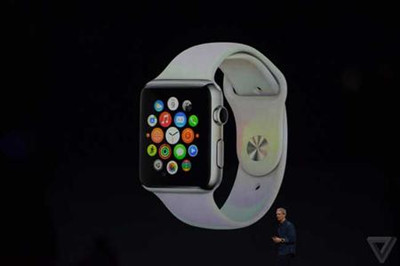Swiss watches and the Apple Watch

That seems to be Apple's ambition. It has been poaching talent from fashion houses. Its new watches aim to be more than gadgets: some have 18-carat gold cases. Sir Jonathan Ive, Apple's design chief, has reportedly boasted to colleagues that the Swiss are in trouble.











